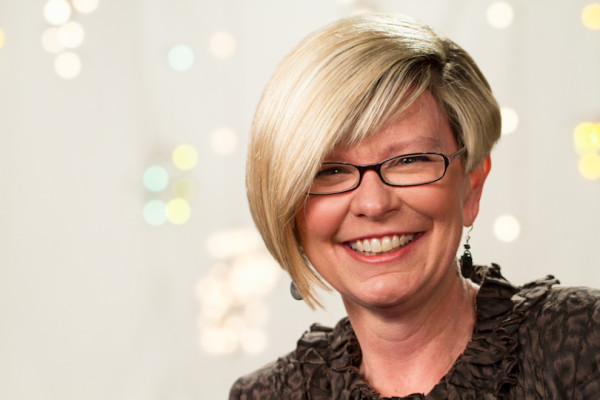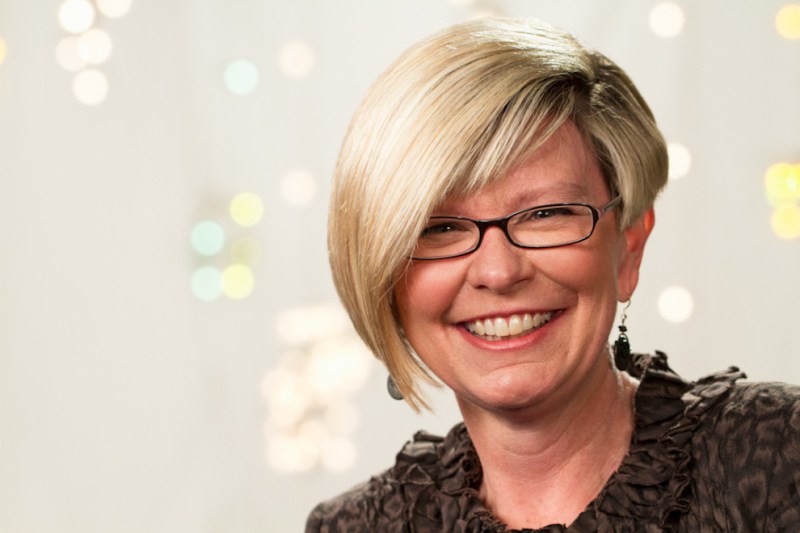The Clayman Institute for Gender Research opened its new Women’s Leadership Center last Wednesday. The new center, led by Shelley Correll, Stanford professor in sociology and director of the Clayman Institute, aims to empower the underrepresented voices of women in the workplace and promote women’s leadership in business, government and education.
The Daily sat down with Correll to discuss the ongoing and future projects of the new leadership center as well as her personal aspirations and goals with the center’s launch.

The Stanford Daily (TSD): [Could you] provide a more concrete idea of what the center is meant to do, whether that involves connecting women to opportunities or advocating for female representation in the workplace?
Shelley Correll (SC): The number-one goal is to increase representation of women in leadership. Our way of achieving that [is] working on three core things. One is empowering women. We run quite a few leadership programs in order to do so already. The second thing we’re doing is recruiting men. What you see in the corporate world more and more is that men want to play a role in empowering women. And the third thing that we’re doing is figuring out what workspaces or universities can do to increase the involvement of women and men in these issues.
TSD: The Corporate Partnership Program is going to involve recruiting various companies to partner with the center. How is a collaboration with these corporations going to make a difference?
SC: One of the really important goals of the center is to bridge the gap between academic scholarship and actual workplace practices. We have very good scholarship on women’s leadership on diversity and exclusion — actually a lot of which was developed at Stanford — and we have a lot of corporations with that goal in mind but [these two sides] haven’t really been talking much. So the idea is: Let’s brings these two groups together — the academics and the workplaces — and really try to bridge the gap between them.
TSD: How large a role will the University play with the center’s projects?
SC: The Stanford community is certainly a part of the academic side of bridging that gap. We have several faculty members on the advisory board for the center, and we have post-doctoral fellows working at the center as well, and so there’s a lot of the Stanford representation. The other thing I’ll say is that we’ve been doing a lot of work on how we can improve women’s leadership on campus as well. A lot of the things that we’re learning are how to make diversity and exclusion work better, which can also be lessons that we can bring to the Stanford community as well. Stanford does a wonderful job getting a diverse undergraduate student population, but [we] can do more when it comes to faculty.
TSD: With the official launch [having happened on Wednesday], what are the next steps that the center will be taking to forward your goals?
SC: We have [several] research projects where we’re trying to better understand what works in terms of advancing women leaders and creating active organizations. We’re also expanding the kinds of training that we have available and the audience to which those [programs] are directed. We’re really just trying to expand [our] curriculum to reach as many people as possible and evaluating if people are learning and applying it.
TSD: Do you have any personal goals for the center, and if so, what are they?
SC: Yeah I do actually. I have been a professor here since 2001, for 13 years. My research over that time has focused a lot on the barriers of women’s advancement. I’ve learned a lot about what puts them down. When I became a professor, women occupied about 14 percent of leadership positions, and now it’s about 15 [or] 17 percent. With that rate of change, we’re not getting there any time soon. I’m no longer patient enough to deal with that slow rate of change. For me personally, it’s about moving on that knowledge, collaborating with other scholars and incorporating folks to work on these issues.
It’s an academic goal for me but it’s also something that I’m looking forward to in my career — this is where I want to make a mark.
TSD: Is the Center addressing the queer population at all?
SC: We actually are. Even though it’s a center directed towards women leadership, what you find when you start uncovering obstacles is that we start finding all kinds of obstacles for all kinds of groups and all different kinds of women. The issues that affect a heterosexual woman with three kids are not going to be the same issues that a young lesbian will face as she starts her first job. So we need to understand both [how] the things that commonly help people fit into work [operate] and also understand the way that diversity works differently across different groups.
Contact Catherine Zaw at czaw13 ‘at’ stanford ‘dot’ edu.
